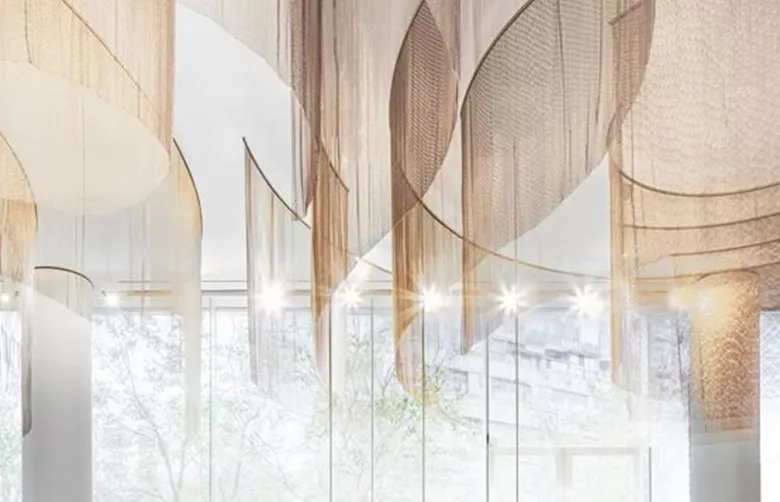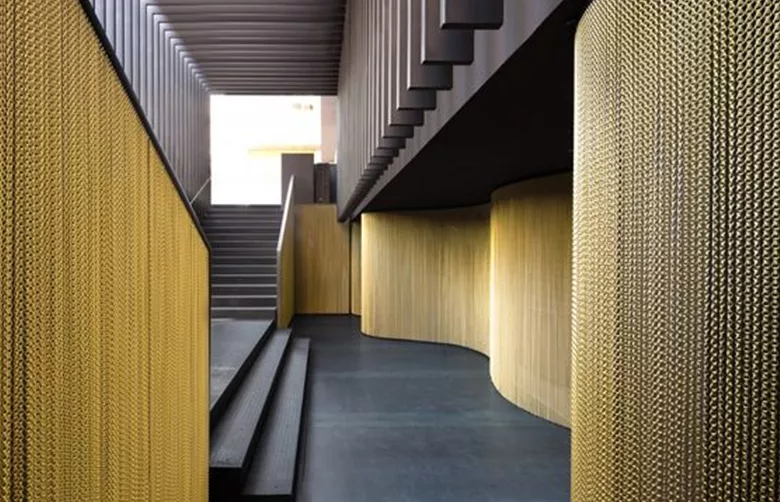-
About UsProductsCustomized SolutionProjectGalleryNews
The Science of Light: Exploring the Optical Effects of woven mesh fabric
Release time: August 14, 2023light transmission and perspective effect
Woven mesh fabric has a unique light transmittance, allowing light to pass through the voids of the fabric. This light transmission produces a perspective effect, when the light passes through the fabric, the observer can see the scene behind. This effect is widely used in architecture and interior design, and by using woven mesh fabric as curtains, partitions or shelters, a balance of natural lighting and privacy can be achieved.
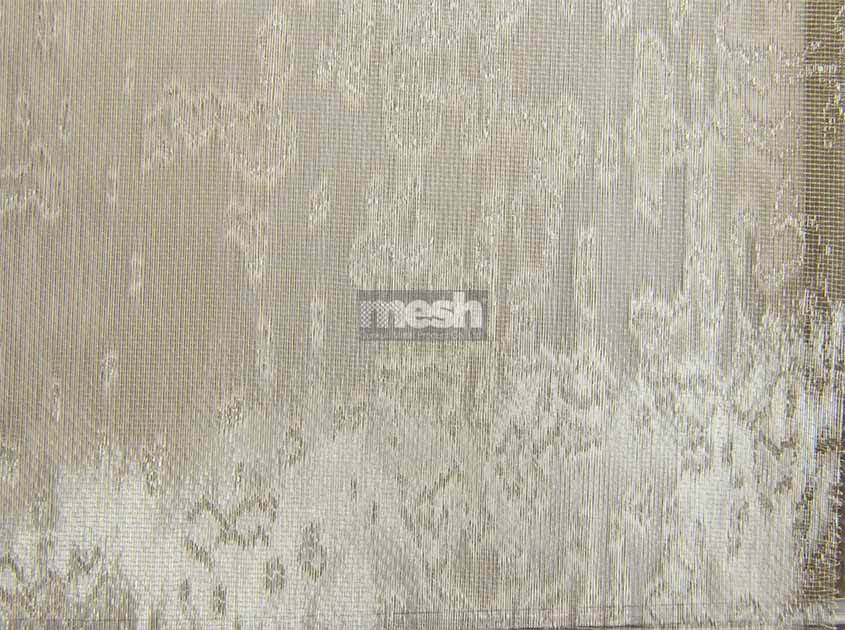
Scattering and Diffraction of Light
The fiber structure and void size of the woven mesh fabric affect the scattering and diffraction of light. As light travels through the fabric, the tiny fibers scatter the light, spreading it in multiple directions. This diffuse effect produces soft light effects that reduce glare and shadows. In addition, when the light passes through the gaps of the mesh fabric, it also diffracts, producing interesting light interlacing and color effects.
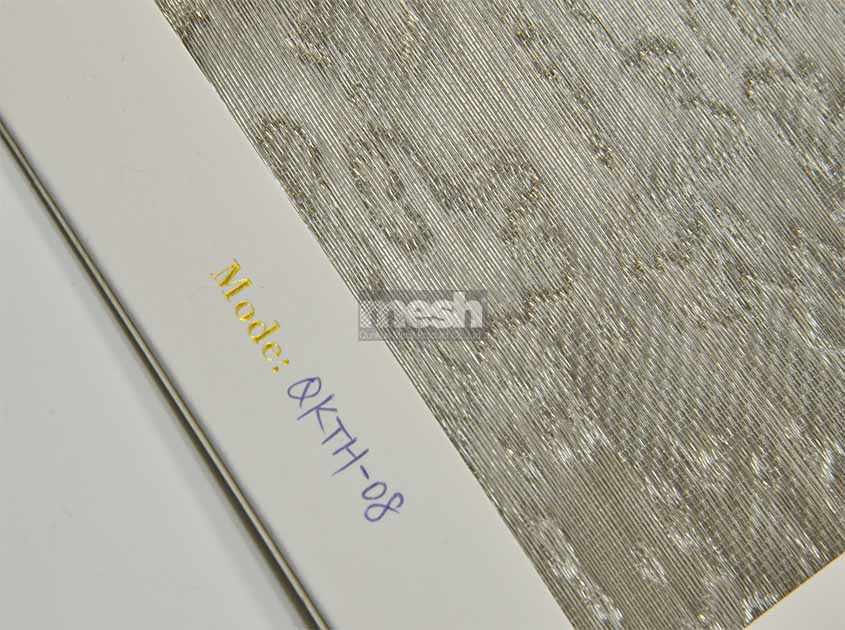
Reflection and Absorption
Woven mesh fabric also has certain characteristics in light reflection and absorption. Depending on the material and color of the fabric, it can selectively reflect or absorb certain wavelengths of light. This causes the woven mesh fabric to exhibit different appearances and colors under different lighting conditions. For example, bright-colored fabrics may reflect more light, making the space appear brighter and more spacious, while darker-colored fabrics may absorb more light, creating a warm and cozy atmosphere.
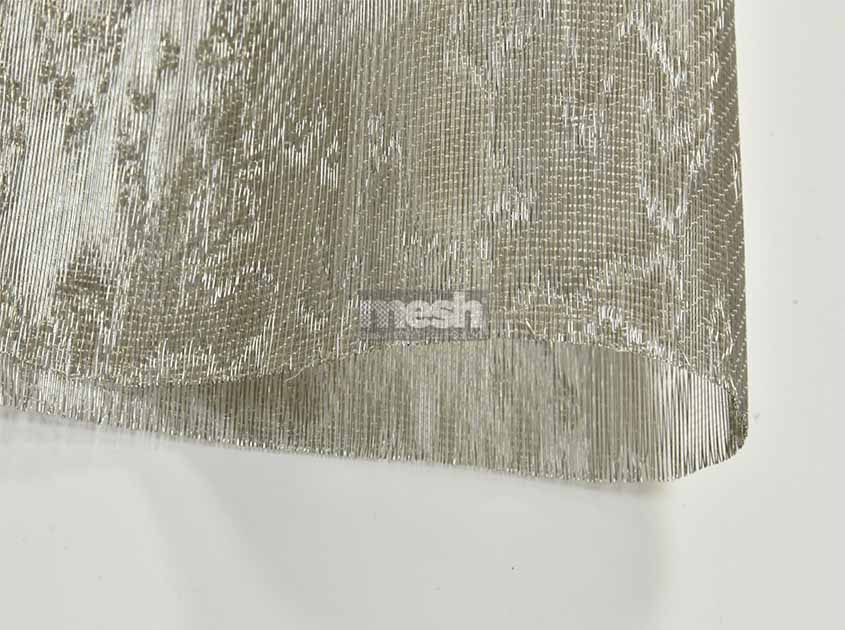
light filtering and shielding
The woven mesh fabric can also be used to filter and shield light. By choosing different fabric densities and fiber materials, the degree of light transmission of the fabric can be adjusted. This makes the woven mesh fabric an effective tool for controlling the entry of light into a space. For example, a woven mesh fabric with a higher density can be used to block sunlight and reduce heat and UV radiation indoors.
By discussing the optical effects of woven mesh fabric, we can see its important role in light transmission, scattering and diffraction, reflection and absorption, and light filtering and shielding. These optical effects endow woven mesh fabric with unique appearance and functional properties, making it one of the widely used materials in architecture and interior design.
Recommended News



